June 2025
| LOUISE KUNZ, ASSISTANT EDITOR, PULA |
 |
TO TRAIN FARMERS ABOUT THE PROCESS OF NIXTAMALISATION A COURSE WAS CREATED SEVEN YEARS AGO THROUGH FUNDING FROM THE DEPARTMENT OF SCIENCE, TECHNOLOGY AND INNOVATION (DSTI) AND TECHNOLOGY INNOVATION AGENCY (TIA) IN PARTNERSHIP WITH GRAIN SA. TO DATE, THE GRAIN SA/DSI COLLABORATION HAS ENABLED THE ROLL-OUT OF MORE THAN 600 TRAINING COURSES, TEACHING NEARLY 11 000 COURSE ATTENDEES THE THEORY AND PRACTICE OF NIXTAMALISING MAIZE.
For the Phahama Grain Phakama (PGP) team, it has always been a priority to look for ways that farmers can add value to their grain, both for household use and for the marketplace. The enthusiasm of course attendees and the impact the nixtamalisation course has in the lives of attendees is clear in the attendance growth. From January to April this year, 135 courses were presented, with 2 698 farmers learning more about the process – all thanks to the ongoing support of the DSTI and TIA.
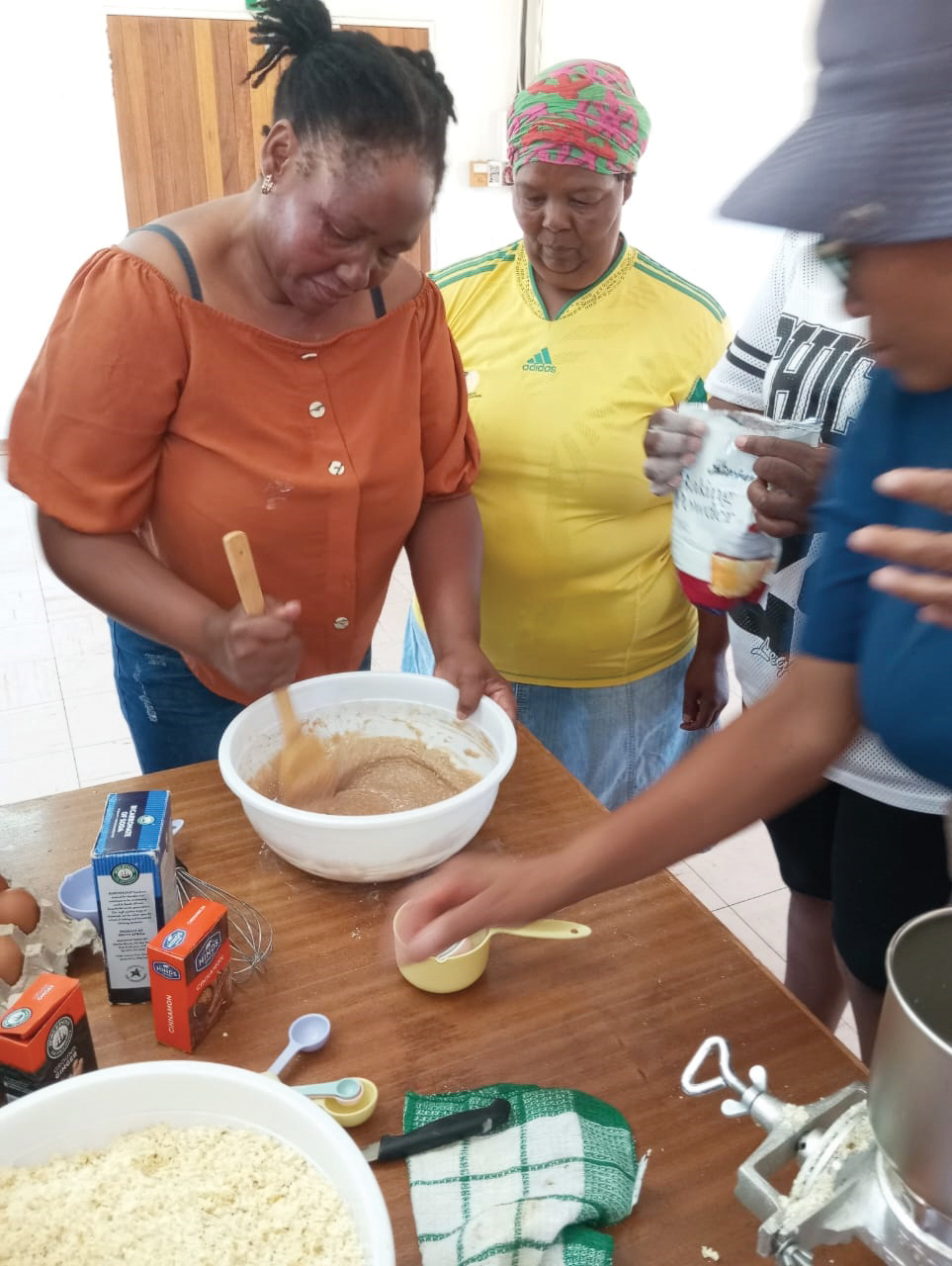
The training is hands-on, as the farmers from Shiela Village experienced.
WHAT IS NIXTAMALISATION?
Nixtamalisation is a process for the preparation of maize, or other grain, in which the dried maize kernels are boiled in an alkaline solution. After boiling, the maize is soaked for several hours or overnight. The kernels are then rinsed to remove the loosened outer skin (pericarp). This process produces nixtamal, a more nutritious, flavourful and easily processed product. Nixtamal is then milled to make dough (masa) or flour, which can be used to create a variety of dishes.
This method of agro-processing provides these benefits over unprocessed maize:
Benefits
One of the significant advantages of this process is that it can eliminate the problem of mycotoxins in maize. Mycotoxins are naturally occurring toxins produced by moulds (fungi) which can be found in maiz if it becomes contaminated during storage. Exposure to mycotoxins occurs by directly eating infected food, and it can lead to various diseases in humans and animals. The nixtamalisation process removes as much as 90% to 97% of the aflatoxins from maize.
ENLIGHTNING INFORMATION
Although the theoretical content is simple enough for all attendees to follow, the practical side simplifies it even more. The trainers find that very few attendees knew how the nixtamalisation process works. They enjoy witnessing the enthusiasm and excitement of the farmers when they realise that maize can be used for more than feed for humans and animals – it can also provide an income. When they see the products that can be made from the masa – such as bread, pizza, banana bread, biscuits and even yoghurt – their eyes light up, one of the trainers reported.
Wherever the course is presented, it is well received and an eye-opener to many – as maize is not only used for home consumption, but can also be used for baking, which can turn into a business. ‘To most of them, it is an aha moment when they realise this is a way to create an income,’ said Diteme Seoe, a trainer in the Free State. Many attendees are also amazed by the cooking skills they gain during the course.
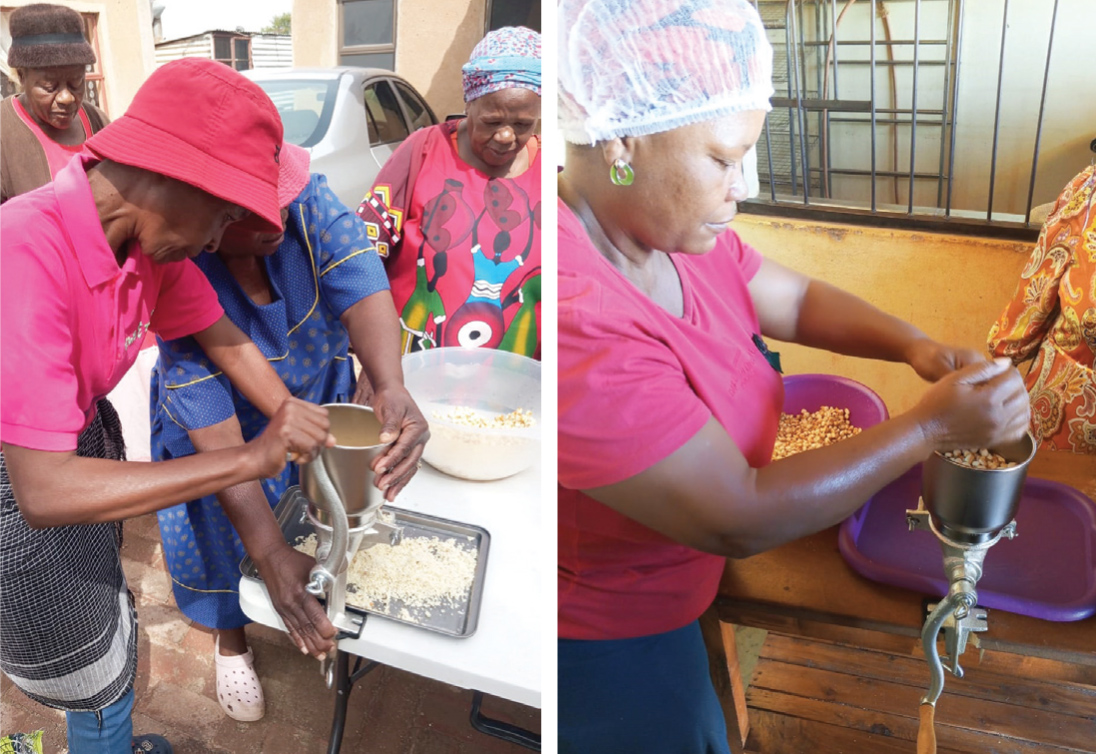
A donation of 20 milling machines has made the milling process much easier for the trainees. Source: https://latortilleria.com.au/
LET'S HEAR WHAT THEY HAVE TO SAY
The trainers have a say
Diteme Seoe is a trainer in the Free State who joined the programme in 2022 after receiving training in the process of nixtamalisation. She has been in the food industry for many years and has been catering at various farmers’ days and workshops.
To Diteme, one of the highlights of the course is getting feedback from the attendees. ‘They are all so grateful towards Grain SA for making this course available. It is teaching people skills and uplifting communities.’ She is humbled by every course when she sees the excitement on the farmers’ faces, as they realise that this course can change their lives. Diteme wishes every single village could possess their own milling machine.
Agnes Mndawe has been a trainer for the Farmer Development Programme in Mpumalanga since 2018. She is a trained agriculturalist and also has qualifications in food and nutrition. She served in the Mpumalanga Department of Agriculture for more than 30 years.
To Agnes, the impact of this course is enormous, with many farmers changing from just using maize for household use and feeding their livestock. She knows of many farmers who are now using the nixtamalisation process to bake products, which they sell in their villages and at the schools. Agnes uses this process herself and says the dishes made from masa taste better than those made by the traditional recipes.
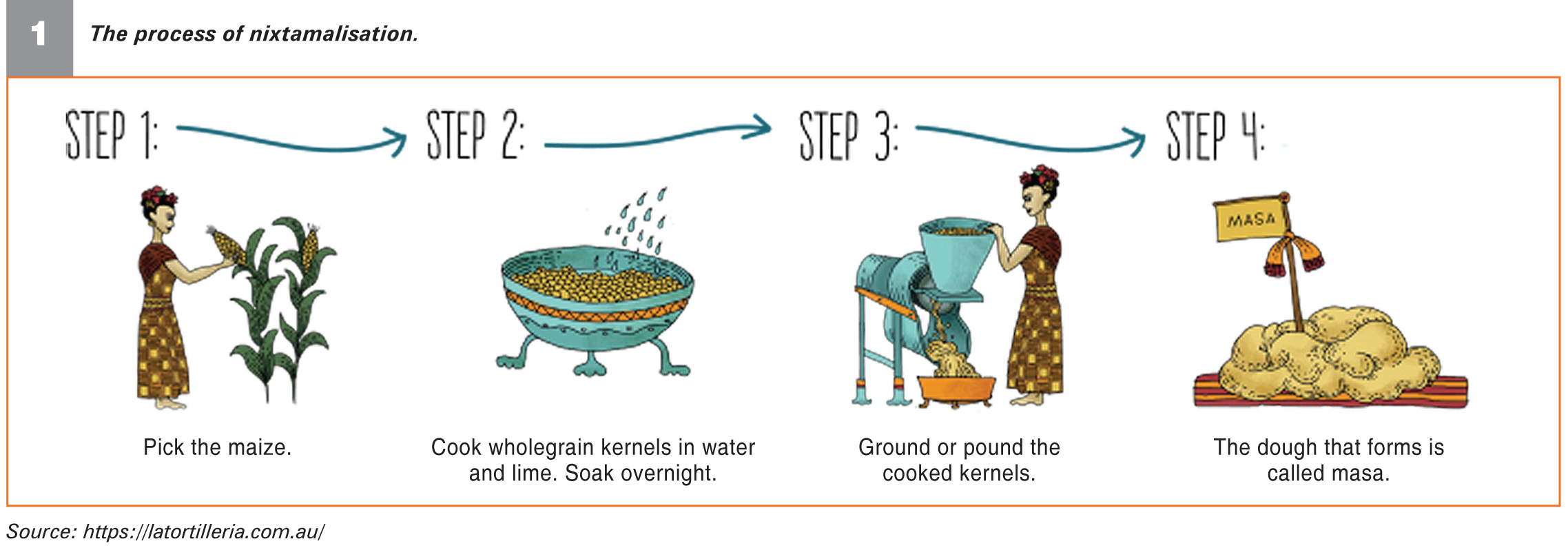
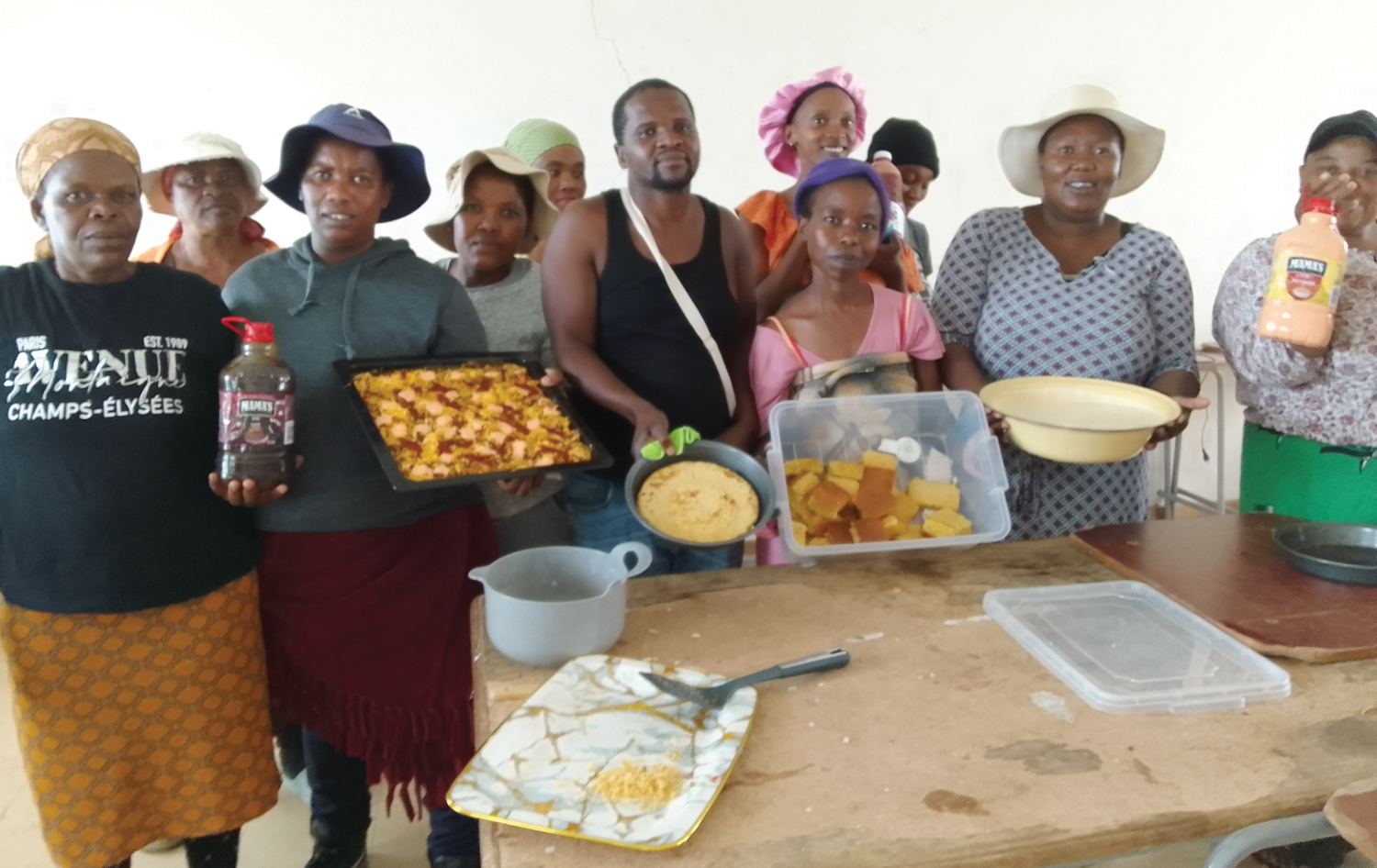
Attendees from Monontsha Village in the Free State were amazed at the products that can be made through nixtamalisation.
Feedback from trainees
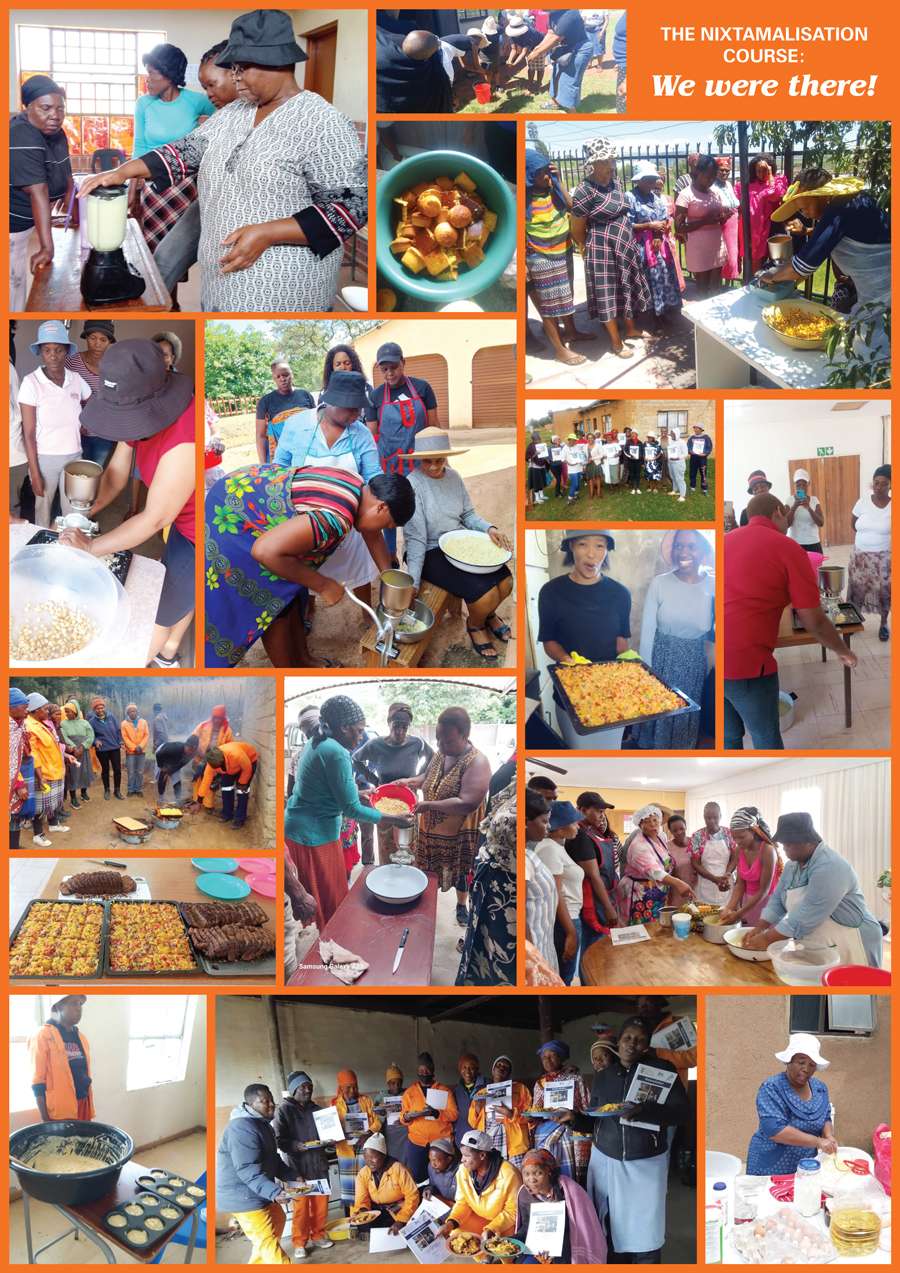
Publication: June 2025
Section: Pula/Imvula